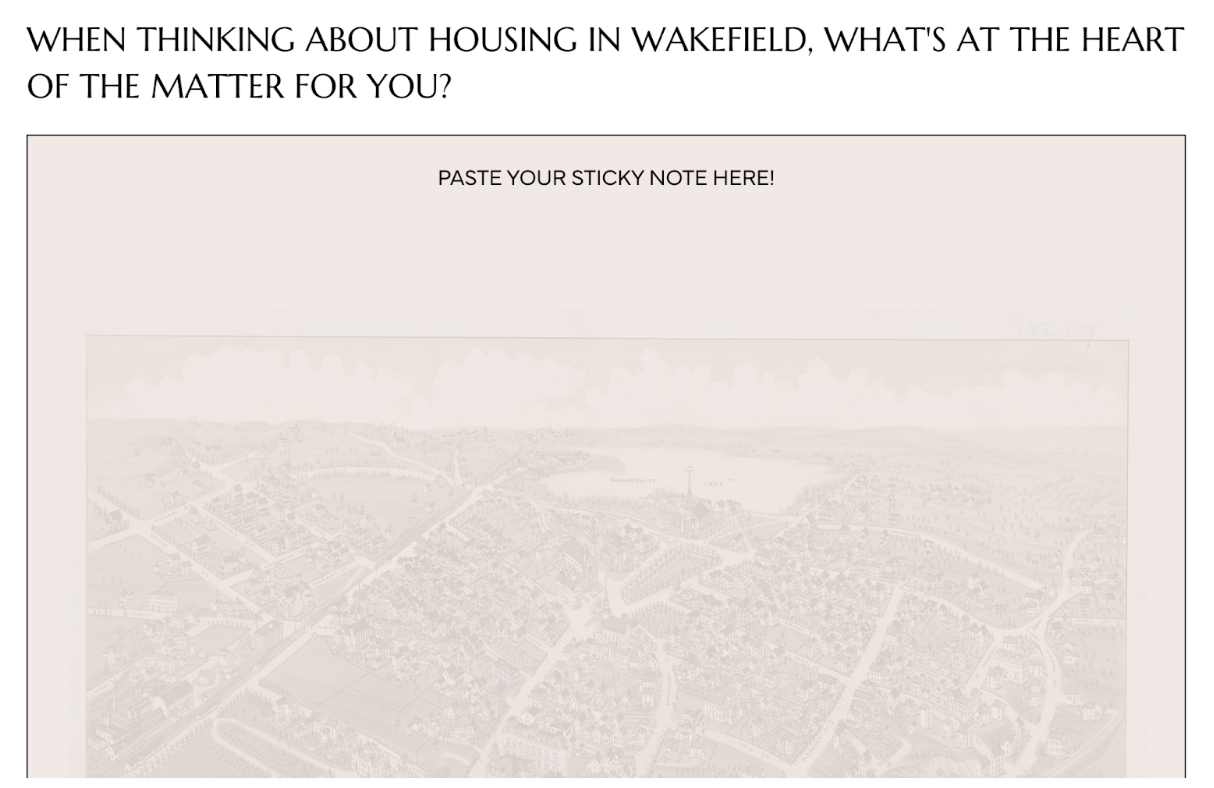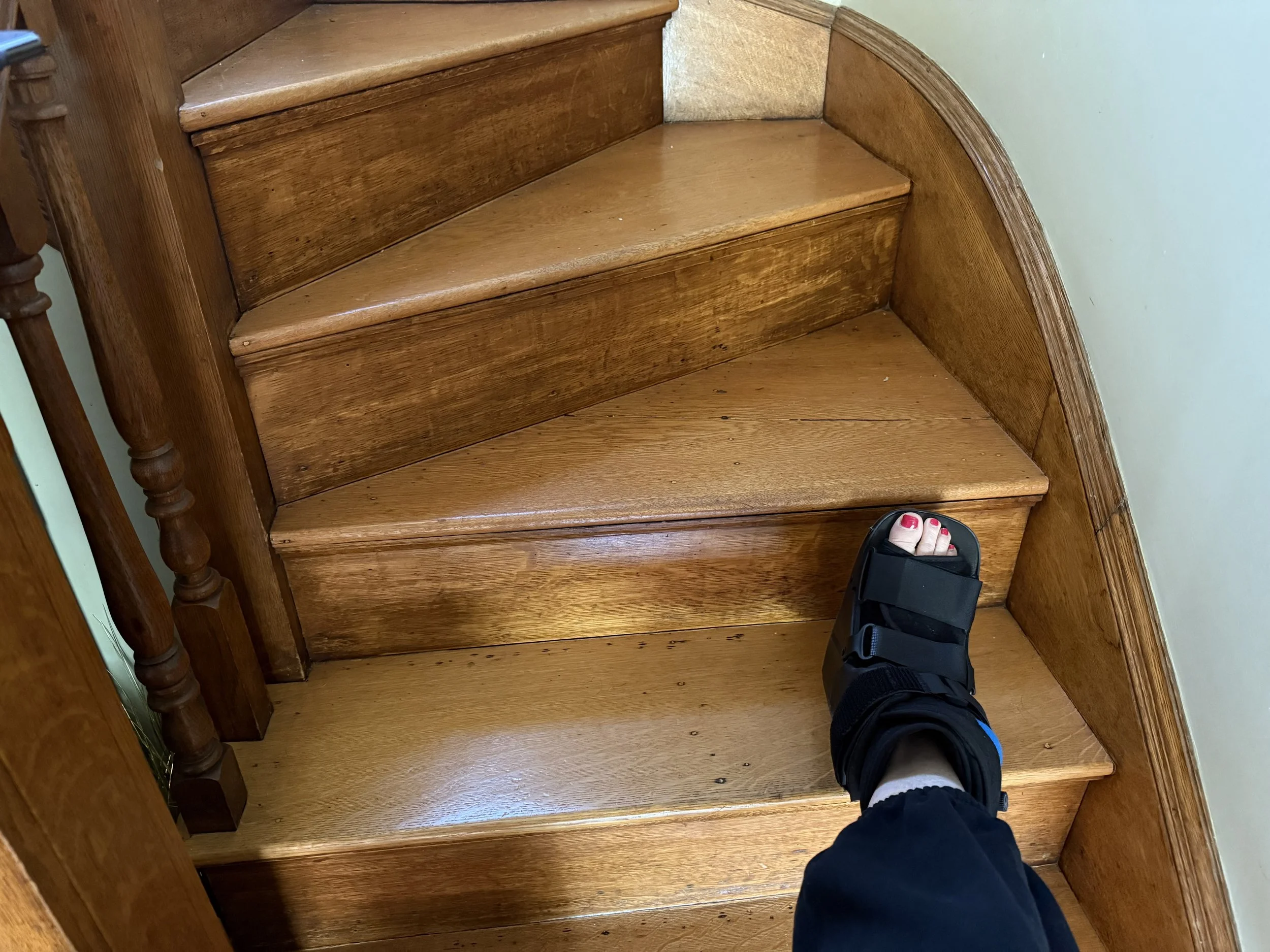What Peter Calthorpe Taught Me About Community Engagement
WRITTEN BY JENN GOLDSON, AICP
The first community meeting I ever attended as a young planner was led by Peter Calthorpe in Newport, Rhode Island. It was the mid-1990s, and I was in graduate school, working for an architecture and planning firm called Newport Collaborative Architects. This charrette wasn’t just another meeting; it was a revelation.
Peter Calthorpe is a very tall man. And from everything I had read about him (his groundbreaking ideas on regional planning, his role in founding the Congress for the New Urbanism) I felt like I was in the presence of a planning god. I was 27 years old, awestruck and a little intimidated. But what I learned that day stuck with me: planning with people isn’t magic. It’s not some rarefied skill only accessible to experts. In fact, the beauty of that charrette was how accessible it was.
The meeting brought people together, residents of Newport’s North End, planners, designers, and community leaders, to redesign a public housing site under the federal HOPE VI program. HOPE VI had its flaws, no doubt. The displacement of low-income residents to convert public housing into mixed-income neighborhoods has been widely criticized. But it also attempted to reconnect isolated developments with their broader communities. Roads were reopened. Parks and green spaces were added. Housing was designed to blend in, not stand apart.
That day, I watched residents gather around maps and markers to envision their ideal neighborhood. They weren’t trained planners. They didn’t use planning jargon. But they knew what they valued: safe streets, access to parks, connection to their neighbors, and housing that felt like home. They asked questions, shared stories, and debated ideas. They weren’t just being heard, they were being included.
That experience was my first glimpse of participatory planning done right. And I naively thought, "This must be how all community meetings work."
I was wrong. :-)
What I encountered after that were more traditional community meetings, a format many of us know all too well. An expert-led presentation, full of slides and jargon. Followed by a question-and-answer session where mostly objectors stood at the microphone, expressing all the reasons a project was wrong, misguided, or harmful. These meetings weren’t interactive. They weren’t empowering. They didn’t create a space for collaboration or curiosity. They didn’t make people feel safe, respected, or valued.
The old-school approach was epitomized by early advice I got from a veteran planning colleague: Never ask a question you don’t already know the answer to. I remember sitting in a community forum in Brookline, where I was serving as a junior planner. The meeting was about a controversial development project on town-owned land. It started with a jargon-filled explanation of the town’s intent and why the project was supposedly a benefit. Very top-down.
I remember squirming in my seat as I listened to the reactions of the people around me, residents who, before the meeting had even really begun, already felt dismissed and ignored. Were there NIMBYs in the room? Absolutely. But there were also others. There were people who were genuinely curious, on the fence, waiting to learn more before forming an opinion. That’s the group I was most sad to see us lose that day.
If we had started by asking questions we didn’t already know the answers to (if we had led with humility and curiosity) we could have created a space for collaboration. Instead, it became a years-long battle that resulted in lawsuits and a significantly pared-down development that didn’t deliver on its potential.
That realization stuck. I didn’t want to replicate that formula. I wanted to create the kind of meetings I saw at that Calthorpe charrette. I wanted to create meetings that invited people to shape outcomes, not just react to them.
Albert Einstein once said, “If you can’t explain it simply, you don’t understand it well enough.” That quote lives at the core of how I think about planning. Keeping it simple doesn’t mean dumbing it down. It means knowing your subject so well that you can explain it in plain terms, connect it to what people care about, and invite them to participate in a meaningful way.
Today, my planning practice is built on that principle. When people walk into one of our meetings, they’re greeted not by a presentation but by a question. We ask: Who are you? What do you care about? What are you most curious to learn tonight?
Then we read some of those responses aloud. Right away, people know they’ve been heard.
Next to our registration table, we often include an interactive board that asks: What’s at the heart of the matter for you? People write their responses on Post-it notes and add them to the board. They can see each other’s answers. It’s a small gesture, but it sets a tone. That phrase, the heart of the matter, reminds us that planning touches emotional nerves. It’s a neutral prompt that invites people to reflect without assigning value or judgment.
We tailor our talking points in real time to address the things that matter to them. We keep our language free of jargon and full of relevance. We ask more questions than we answer. And we always include a hands-on activity: small group discussions, collaborative maps, open-house stations. We also offer hybrid options (both live and asynchronous) to meet people where they are.
That approach has transformed how people engage with planning. They show up. They stay curious. They talk to each other. And they help shape policies and plans that reflect real, lived experience.
As diversity advocate Vernā Myers says, “Diversity is being invited to the party; inclusion is being asked to dance.” It’s not enough to present information. We must invite people to shape it.
And this spring, I’ll be thinking about all of this as I head to the Congress for the New Urbanism in Providence. I was lucky enough to attend last year’s Congress, and seeing Peter Calthorpe again brought me right back to that day in Newport. He was one of the keynote speakers on a panel of CNU founders. I hadn’t seen him since the late 1990s (more than 25 years ago!). I wondered if he’d live up to the image I had of him, or if he’d seem more human now.
Well, he lived up to it. I literally had tears in my eyes as I listened to him describe his “Redesigning the Strip” work. His clarity, his vision, his passion for making communities better through design, it’s still there. It brought me right back to that first charrette and why I fell in love with this work.
Planning is about people, not just places. That’s something I believed at 27. And it’s something I believe even more fiercely today.
Get in touch with Jenn
I’D LOVE TO CONTINUE THE CONVERSATION.
LET’S STAY CONNECTED:





